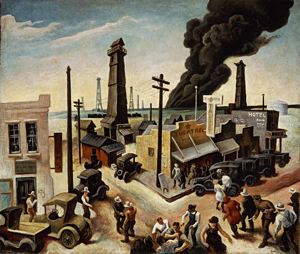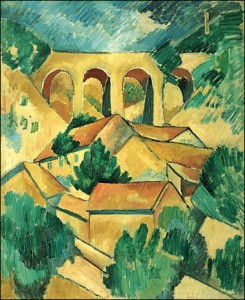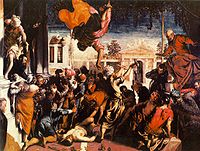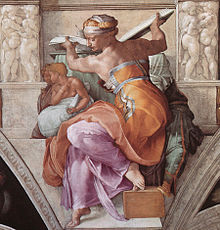
As a young person the Regionalist artist, Thomas Hart Benton, had seen the murals in the nations capital and understood the importance of the visual for inspiration and information. When his father was a congressman, the family lived in Washington D. C.
Benton’s quest as an adult artist was to paint the story of the American people, not famous politicians or political events. He once said that he would rather see his paintings hang in saloons where normal people could see them rather than in museums.
On a summer sketching trip in 1926, Benton landed in Borger, Texas, in the panhandle area. Earlier that year oil wildcatters discovered oil. The town was a virtual chaotic boom town which became the inspiration for Benton’s first Regionalist (American Scene) masterpiece, appropriately named: Boomtown.
Benton’s study of the Cubist movement while studying art in Paris influenced his eventual portrayal of Borger. Although the artist took a great many photographs of scenes around the town, the finished painting is not a photographic depiction. The viewpoint from an angle as if seen from a high perch and the angle of the buildings as well as the flatness of composition only work to confirm the cubist influence.
Benton always liked to tell a story in his painting. Although the painting was done with oil on canvas, many of the artist’s later Regionalist depictions told their story with his famous murals. In the painting above a viewer gets a sense of rapid growth. There were looming signs of the oil industry in the background evoking a spirit of excitement and prosperity.
Of course, all artists learn from other artists, great or small. Their influence and style usually will remain as they become their own artist. Below are just a few of the artists that inspired Thomas Hart Benton.


Georges Braque, co-founder of cubism, was an influence not only on Benton, but many other artists no matter what style, movement, or “art ism” they eventually settled upon. However, Benton rejected the modernist’s view of art for art’s sake, and was determined to paint his pictures for a human purpose.
Thomas Hart Benton’s palette was greatly influence by mid-sixteenth century artist, Tintoretto, whom he admired. He felt the colors helped him depict energy and vitality.

Benton molded his human figures in clay and studied their poses, musculature, and shadows to achieve the three-dimensional impact similar to another great artist that influenced him, Michelangelo.
When Regionalism began to wane in popularity by the 1940s, Benton began his wall murals of epic scenes from American scenes. His murals and other artwork were a great inspiration for my brother when he began doing murals. Below is one of Lynn Burton’s murals.

As hard as we try as artists to be original, we still are influenced by artists and movements from the past and present.
As much as we study under other artists and art classes, we still continually study the great artist within us striving for that which we see inside our minds. We must continue in our quest and pass it on to those that are being influenced by ourselves.
